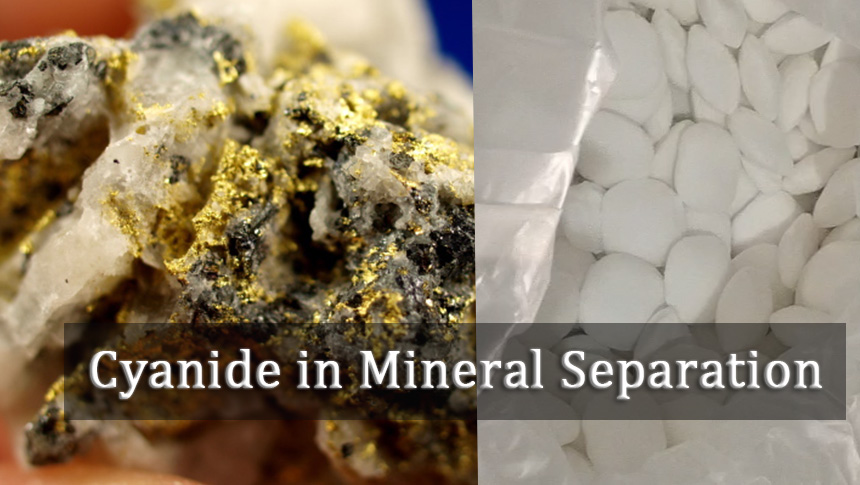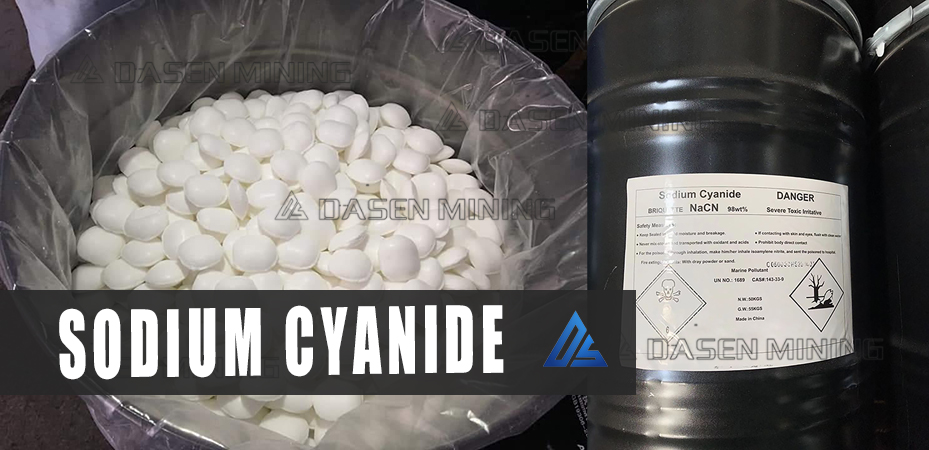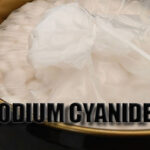
When employing cyanide in mineral separation processes, precise management of its inhibitory effects on sulfide minerals is paramount for optimizing recovery and ensuring operational efficiency. Below is a detailed analysis of key considerations, organized by mineral interaction mechanisms and practical applications, tailored for global mine owners and engineers.

1. Differential Inhibitory Effects of Cyanide on Sulfide Minerals
Cyanide exhibits distinct inhibitory behaviors toward various sulfide minerals, which can be categorized into three groups based on suppression intensity and required dosage:
Category 1: Minimal Inhibition
- Applies to: Lead (Pb), bismuth (Bi), tin (Sn), antimony (Sb), and arsenic (As) sulfide minerals.
- Key Insight: Cyanide has negligible inhibitory power against these minerals.
- Separation Implication: When separating these minerals from Category 3 (highly inhibitable minerals), low cyanide dosages suffice to achieve effective discrimination.
- Example: In lead-zinc separation, cyanide suppresses sphalerite (ZnS, Category 3) while leaving galena (PbS, Category 1) unaffected, enabling efficient separation with minimal reagent use.
Category 2: Moderate Inhibition
- Applies to: Mercury (Hg), cadmium (Cd), zinc (Zn), silver (Ag), and copper (Cu) sulfide minerals.
- Key Insight: Inhibition occurs but requires higher cyanide concentrations due to weaker binding affinity.
- Separation Implication: Used in scenarios like copper-lead mixed concentrate separation, where cyanide suppresses copper minerals (e.g., chalcopyrite, Category 2) to float lead.
- Caution: Sustained agitation and elevated dosages are critical, but overuse may inadvertently inhibit target minerals.
Category 3: Strong Inhibition
- Applies to: Zinc (Zn), nickel (Ni), gold (Au), and iron (Fe) sulfide minerals (e.g., sphalerite, pentlandite, pyrite).
- Key Insight: These minerals are highly susceptible to cyanide at low concentrations.
- Separation Implication: Precise dosage control is essential when separating Category 2 vs. Category 3 minerals (e.g., copper-zinc separation).
- Risk: Excessive cyanide may suppress both minerals, necessitating real-time monitoring of slurry chemistry.
2. Mineralogical Factors Influencing Cyanide Efficacy
The inhibitory effect of cyanide is profoundly influenced by mineral composition, crystal structure, and genesis:
- Pyrite (FeS₂) Case Study:
- High/Medium-Temperature Hydrothermal Deposits: Pyrite with a sulfur-to-iron ratio (S:Fe) close to 2 is readily inhibited by cyanide due to its ordered crystal lattice.
- Low-Temperature Hydrothermal Deposits: Pyrite with S:Fe ratios deviating from 2 (e.g., due to impurity substitutions) exhibits reduced susceptibility to cyanide. In extreme cases, cyanide may act as an activator, disrupting flotation selectivity.
- Operational Impact: Mine operators must characterize ore mineralogy (e.g., via X-ray diffraction or electron microscopy) to tailor cyanide dosage and flotation conditions.
3. Advanced Inhibitors for Secondary Copper Sulfides
For challenging separations involving secondary copper sulfides (e.g., chalcocite, bornite), potassium ferricyanide (K₃[Fe(CN)₆]) and potassium ferrocyanide (K₄[Fe(CN)₆]) offer specialized inhibition:
- Mechanism: These compounds form water-soluble copper-ferrocyanide/ferricyanide complexes on the mineral surface, creating a hydrophilic colloid layer that suppresses copper flotation.
- Applications:
- Copper-Molybdenum Separation: Suppresses secondary copper sulfides to enable molybdenum flotation.
- Copper-Zinc Separation: When sodium/potassium cyanide fails to inhibit copper-activated sphalerite, apply potassium ferrocyanide at pH 6–8 to selectively suppress copper while floating zinc.
- Optimal Conditions: Maintain controlled pH and slurry oxidation-reduction potential (ORP) to stabilize complex formation.
Strategic Recommendations for Global Mine Operators
- Mineral Characterization First: Conduct comprehensive ore analysis to classify sulfide minerals into inhibitory categories and assess S:Fe ratios in pyrite-rich ores.
- Dosage Precision:
- Use low cyanide levels for Category 1 vs. Category 3 separations.
- Employ higher dosages (with agitation) for Category 2 minerals, but avoid overuse in mixed-category systems.
- Adaptive Reagent Selection: Integrate ferricyanide/ferrocyanide protocols for secondary copper sulfide challenges, supported by real-time slurry diagnostics.
- Regulatory Compliance: Ensure adherence to local environmental and occupational health standards for cyanide handling, particularly in regions with strict sulfide mineral processing regulations.
By aligning cyanide use with mineralogical specificity and advanced reagent technologies, mine operators can enhance separation efficiency, reduce reagent waste, and mitigate operational risks in global sulfide ore processing.




